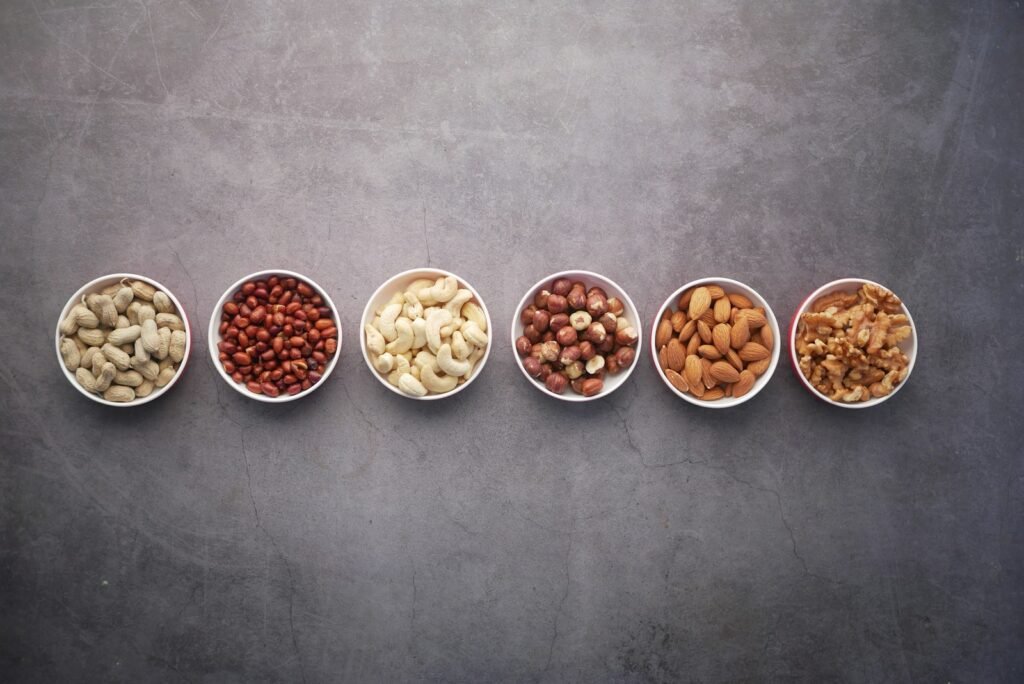Why Calcium Matters: More Than Just Strong Bones
When you think about calcium, what comes to mind? Most people immediately associate it with bones—and they’re not wrong. But calcium does so much more than just support your skeleton. This essential mineral also helps your heart beat, your muscles move, and your nerves *talk* to each other.
That’s a big role for something we often overlook in our diets.
Unfortunately, many of us aren’t getting enough. According to research, a significant number of people—especially women, older adults, and teens—have a calcium shortfall. This can lead to issues like bone loss, fractures, and even osteoporosis later in life.
So, if you’re wondering how to stack your plate with more calcium-rich foods, you’re in the right place. Let’s explore how much calcium you need and the best foods to help you hit your daily target.
How Much Calcium Do You Really Need?
The daily calcium requirement isn’t the same for everyone. It depends on your age and gender:
- Teens (14–18): 1,300 mg/day
- Adults (19–50): 1,000 mg/day
- Women over 50: 1,200 mg/day
- Men over 70: 1,200 mg/day
These numbers might seem hard to reach, but with the right food choices, it can be easier than you think. Plus, eating your calcium is always better than popping a supplement—your body absorbs it better when it comes from real food.

Dairy Delivers: The Classic Calcium Source
When it comes to calcium-rich foods, dairy is the MVP. Not only does it pack a calcium punch, but it also comes with other nutrients like protein, phosphorus, and vitamin D, which help your body absorb and use calcium more effectively.
Here are a few dairy stars to add to your shopping list:
- Milk: Just one cup of milk gives you about 300 mg of calcium.
- Yogurt: Especially plain, low-fat yogurt, which can provide up to 400 mg per serving.
- Cheese: Think beyond cheddar—Swiss cheese clocks in with over 250 mg in an ounce!
If you’re lactose intolerant, don’t worry. There are plenty of lactose-free options on the market, including lactose-free milk and hard cheeses, which naturally contain little lactose. Many people also tolerate yogurt better than milk because the fermentation process breaks down some of the lactose.
Tip:
Pour milk over whole grain cereal, blend yogurt into smoothies, or add shredded cheese to veggies for a calcium boost that tastes great.

Photo courtesy of Pexels.com
Plant-Based Calcium: Yes, It’s Possible!
Not a fan of dairy? Whether you’re vegan, allergic, or simply prefer plant foods, there are still plenty of ways to strengthen your calcium game.
Some plant-based foods are impressively high in calcium. Here’s what’s worth stocking up on:
- Dark leafy greens: Think kale, bok choy, and collard greens. Just one cup of cooked collards has around 260 mg of calcium.
- Fortified foods: Many brands of orange juice, almond milk, and tofu are fortified with calcium—check the labels.
- Beans and lentils: These are great sources of calcium and provide a good punch of protein and fiber.
- Almonds: A handful (about 1 ounce) delivers roughly 75 mg of calcium—not bad for a snack.
- Chia seeds: Two tablespoons offer about 180 mg. Stir them into oatmeal or sprinkle over salad.
It’s worth noting that some plant foods also contain substances like oxalates or phytates, which can interfere with calcium absorption. But you don’t need to steer clear of them—just aim for a variety of sources to balance things out.
Did You Know?
Calcium-fortified plant milks can actually contain as much—or even more—calcium than cow’s milk. Just make sure to shake the carton before pouring; calcium can settle at the bottom!

Photo courtesy of Pexels.com
Calcium Beyond the Plate: Smart Habits for Stronger Bones
Of course, calcium doesn’t work alone. To truly keep your bones strong and your body running smoothly, you need a few calcium “sidekicks”:
- Vitamin D: This helps your body use calcium. Get it from sunlight exposure, fortified foods, or supplements if needed. Learn more at the CDC’s Vitamin D info page.
- Magnesium: Plays a role in bone structure. Nuts, seeds, and leafy greens are great sources.
- Exercise: Weight-bearing activities like walking, running, or yoga stimulate bone growth and help retain calcium.
Making It Work in Everyday Life
Here are some easy ways to start boosting your calcium intake today:
- Start your morning with fortified cereal and milk or a dairy-free alternative.
- Add leafy greens to sandwiches, soups, and pasta dishes.
- Snack on cheese cubes, almonds, or yogurt with fruit.
- Make stir-fry using tofu and sesame seeds for a flavorful and calcium-packed dinner.
And remember—calcium is a long game. It’s not about hitting your target one day; it’s about consistently making small choices that add up over time.
Final Thoughts
Calcium is essential, but many people underestimate just how crucial it is—not just for bone health, but for your entire body. From traditional dairy staples to flavorful plant-based options, there are many delicious foods to help you get your daily dose.
The key? Mix it up, read labels, and pay attention to your body’s needs. Whether you’re sipping on fortified oat milk or tossing feta onto a salad, you’re giving your bones—and the rest of your body—a major benefit.
Curious if you’re low on calcium? Talk to your doctor or a dietitian to see if your diet is on the right track.
Your body works hard for you. Make sure it’s got the fuel it needs to stay strong—calcium and all.














